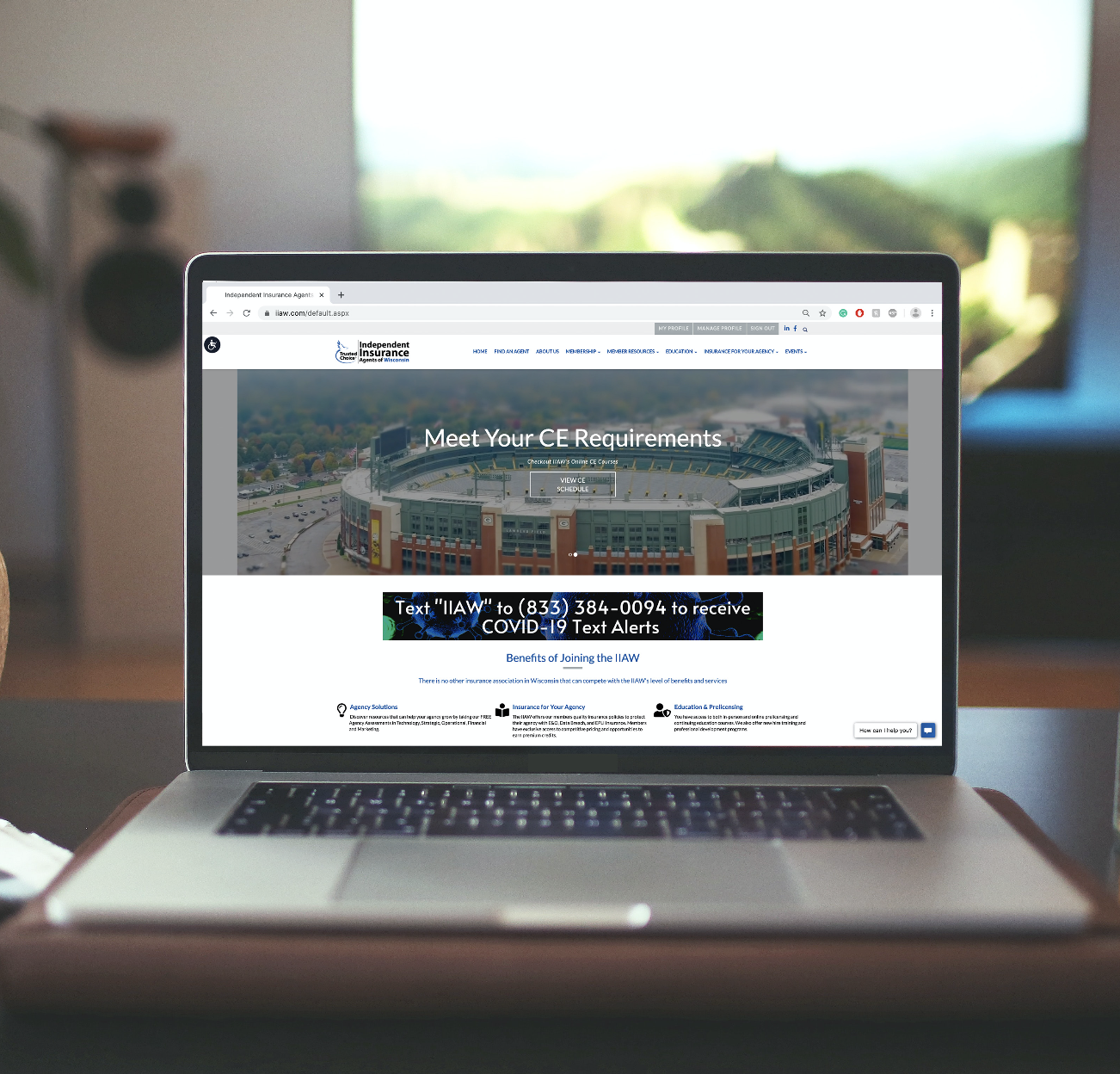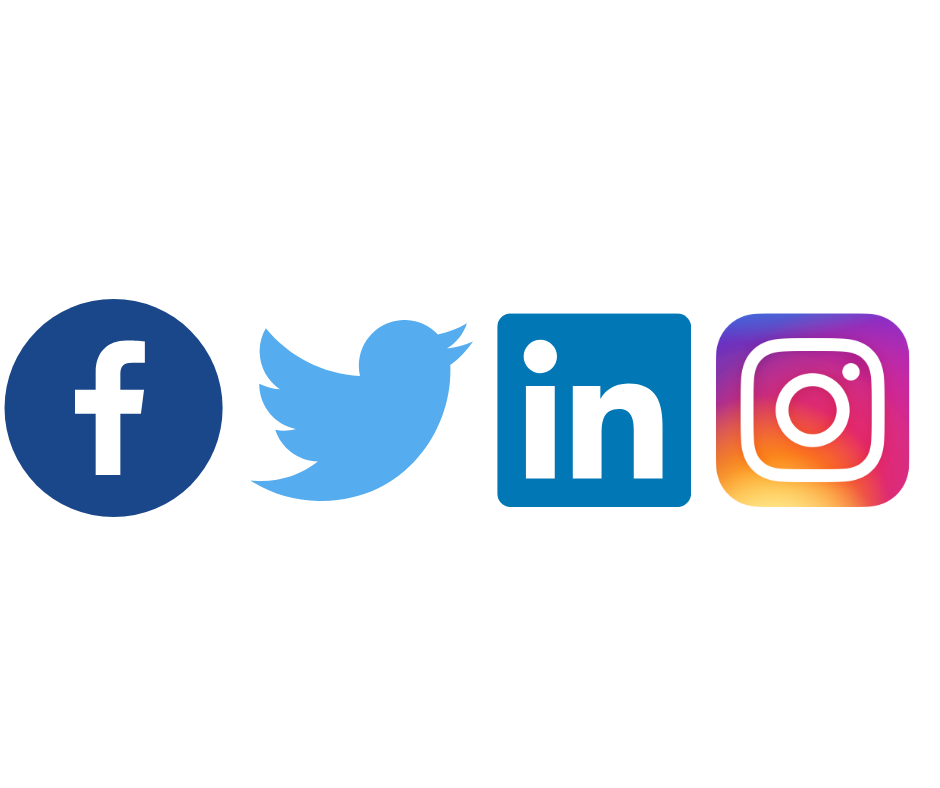
By: Larry Neilson, CEO | Neilson Marketing Services
As an agent, right now could be the best time ever to begin a marketing effort to organically grow your commercial lines book of business. We are just coming out of two to three months of the most monumental government shutdown of commerce in history. There are still disagreements over whether the recovery will be V, U, or L-shaped but early indicators from the airline and hospitality industries coupled with the most recent jobless-rate drop and payroll gains are encouraging.
Additionally, businesses receiving renewal notices are experiencing some of the biggest premium increases they have seen in years. The market is continuing to harden with a generation of producers who has never experienced this cycle before. They are going through the renewal process with a business-as-usual approach, not realizing these premium increases should be viewed as an invitation to ask prospects to seek an alternative. How do we know? For one thing, we are seeing among our own agency clients a considerable uptick in lead conversions as a result of today’s market.
Many agents, however, are wary of getting started too soon and have more of a “let’s wait and see what happens” point of view, regardless of the hard market opportunity. But while those agents wait, the larger brokers are moving to get started with their marketing plans that include a multi-prong strategy.
Upping the Marketing Game
Multi-modality marketing encompasses digital marketing, demand-generation marketing, and social media. It all begins with your brand and website, which should be carefully analyzed to determine if the site is doing what you need it to do:
• Does your website truly reflect your brand, tell your story – what distinguishes you in the marketplace, why and how can you make a difference in a client’s insurance protection?
• Is your website optimized properly so that you can be found by people who don’t necessarily know your name?
• Is your site properly programmed/coded to provide an enriched user experience across all devices, particularly because mobile devices now account for nearly 57% of Internet traffic?
• Is your site ADA-compliant?
• Are your social media channels set up to thematically align with your website and brand?
• Do you have an organized purposeful content and link-building plan in place? Are you regularly blogging, producing white papers (on why the hard market exists and what it means to business owners, for example), case studies (successful placement of tough accounts), and other share your expertise and thought leadership, especially salient in challenging times?
Once your website and social media platforms are thoroughly reviewed and you have made the necessary changes, which may involve anything from implementing minor adjustments to a total site revamp, the next step is to leverage available data. Identify your prospect base by class of business, minimum employee size and geographic boundaries. Append as much data as you can, including multiple C-suite contacts with emails, phone numbers, and workers compensation X-dates if they are available in your state, to begin prospecting.
Set up a demand-generation email program. This involves creating an email-funnel strategy to attract, engage and convert prospects to customers. An email funnel will help you get your potential
customers from point A to B, step-by-step, and influence them along the way toward your conversion goal. One you have your strategy in place, design, write and launch the campaign.
Boost your campaign with outbound calling. Using a demand-generation marketing platform that utilizes content and reciprocity to create a funnel in conjunction with outbound calling is a way to increase the likelihood of connecting with prospects and obtaining greater conversions.
A good demand-generation software program uses touch points to score leads as they move through the top of the sales funnel from list to leads, qualified leads, and closes. Leads that score over a certain number can be contacted by phone to set up an appointment either virtually or face-to-face. Knowing who to call reduces cold call labor considerably and improves lead quality. Simultaneously, a beacon (which provides on-demand FAQs, chat, and an email contact rolled into one helpful widget) on your website tracks visitors, and banner ads can be used to target them on LinkedIn. Some of the top software provides include HubSpot, Pardot, SharpSpring, Marketo, and Act-On.
During this hard market it’s important to get ahead of renewals well in advance for an opportunity to provide potential clients with options in terms of pricing, coverage terms, and capacity. The combination of a
well-optimized website, consistent content (blogs and social media posts), a demand-generation email effort and telemarketing outreach will help you build your brand and develop a consistent lead flow to gain new customers in this market cycle.
Larry Neilson is CEO, Neilson Marketing Services, an insurance marketing firm founded in 1988, and provide more than 5,000 professionals with data, outbound, digital, SEO, content, social media and email services.




